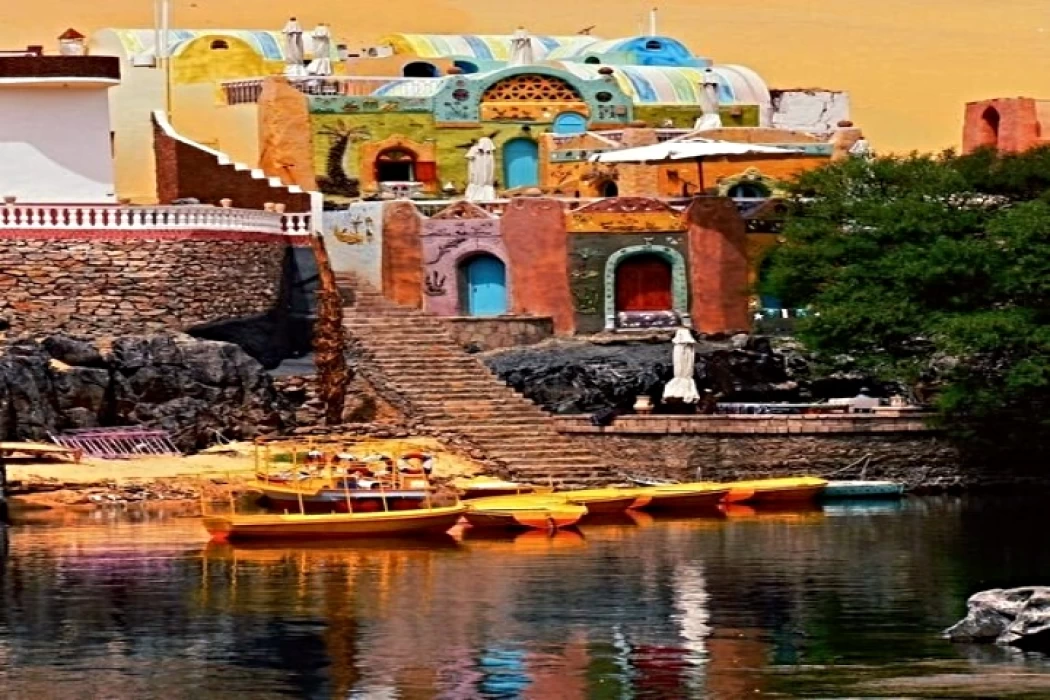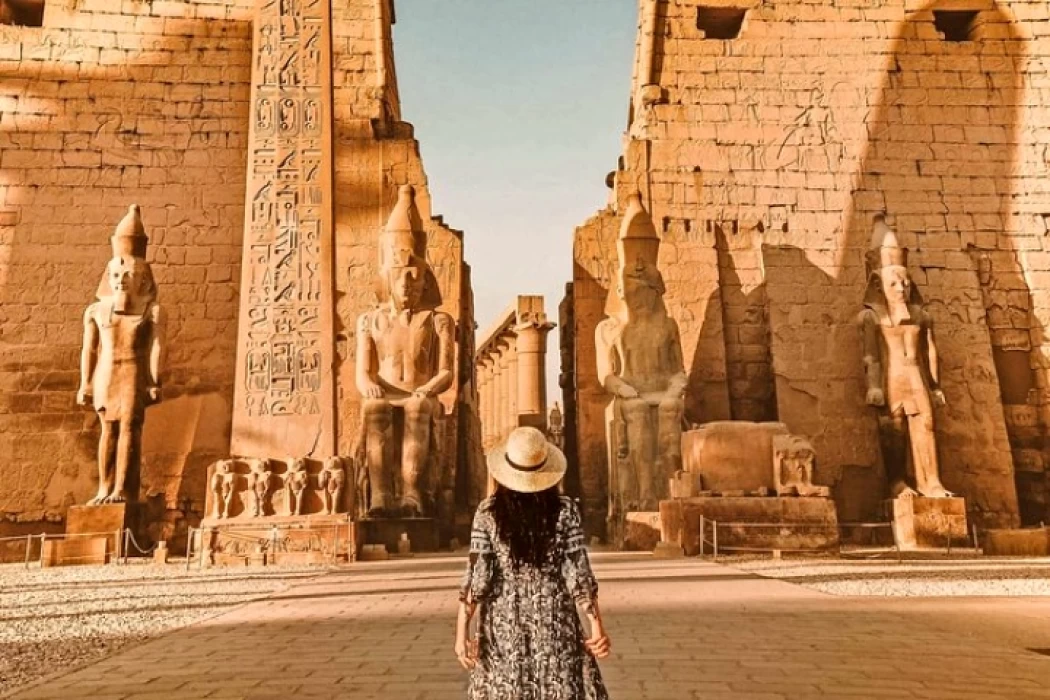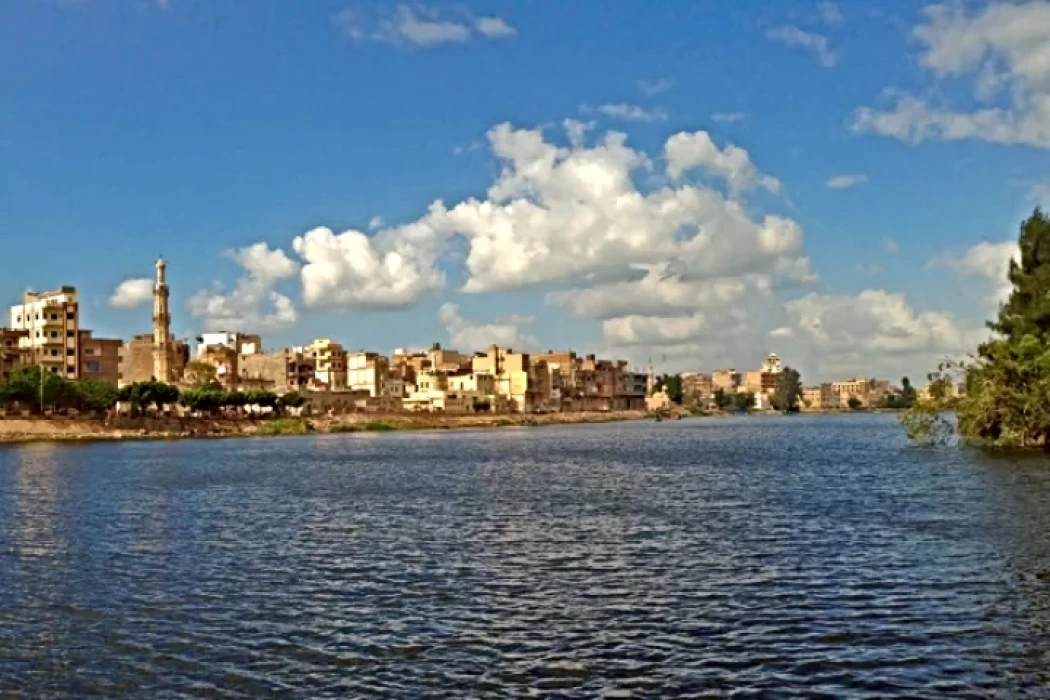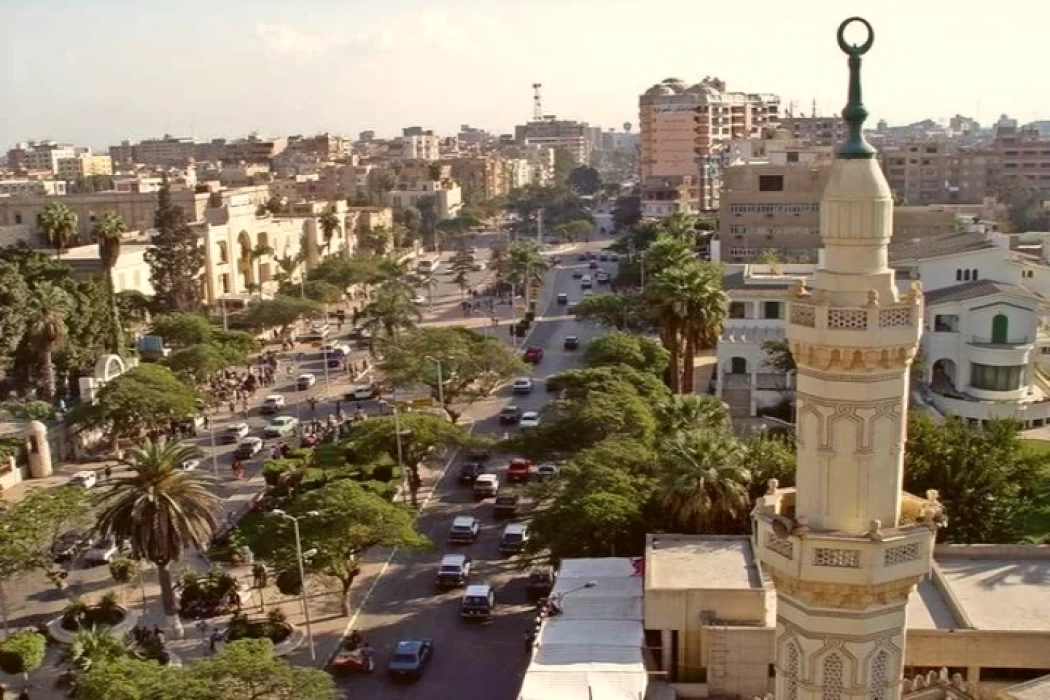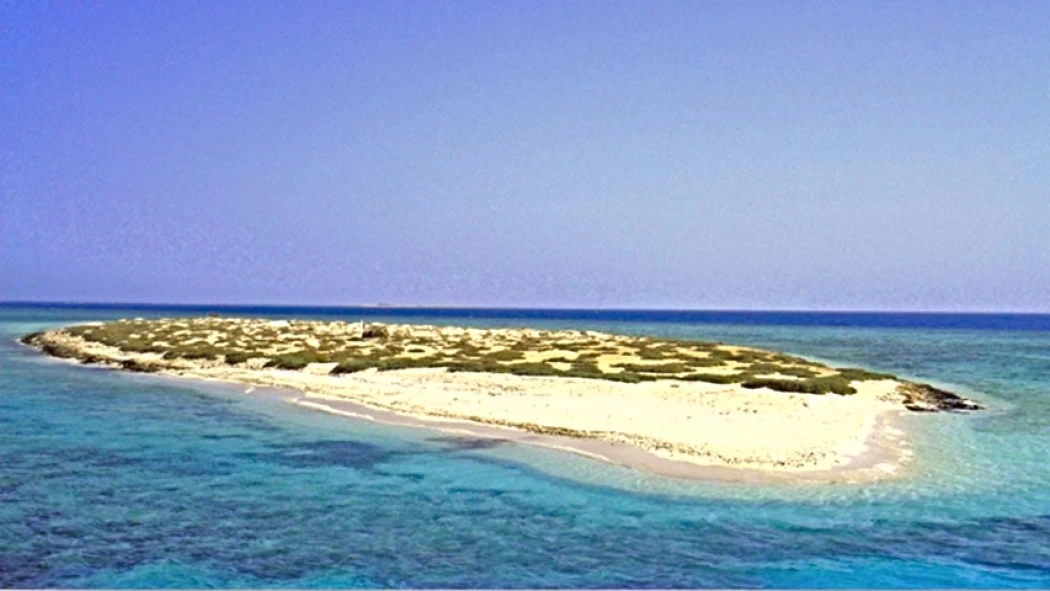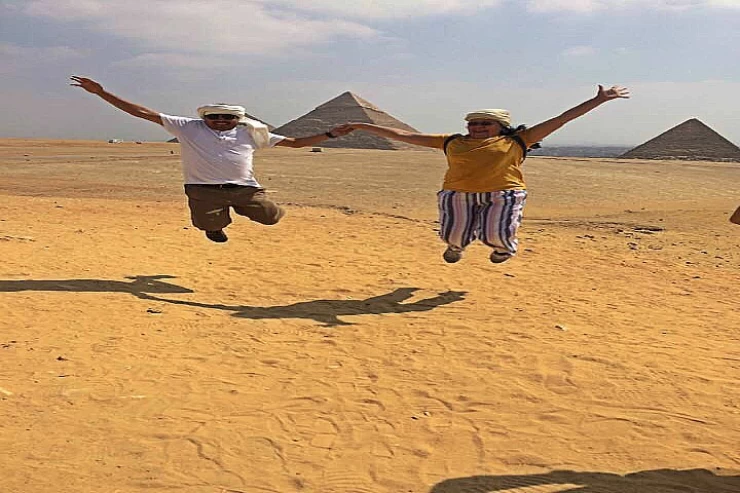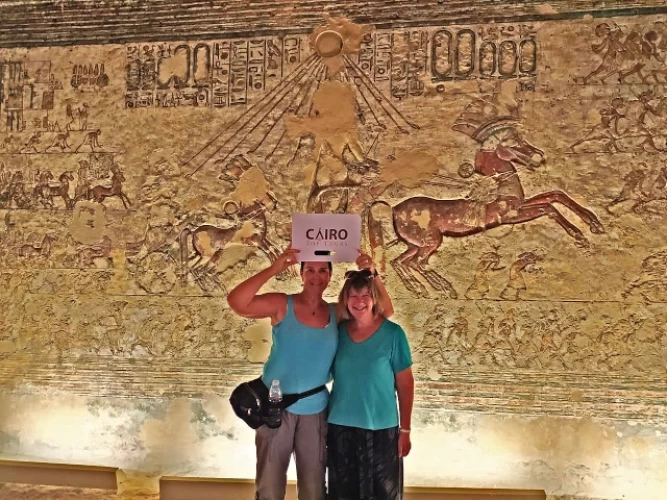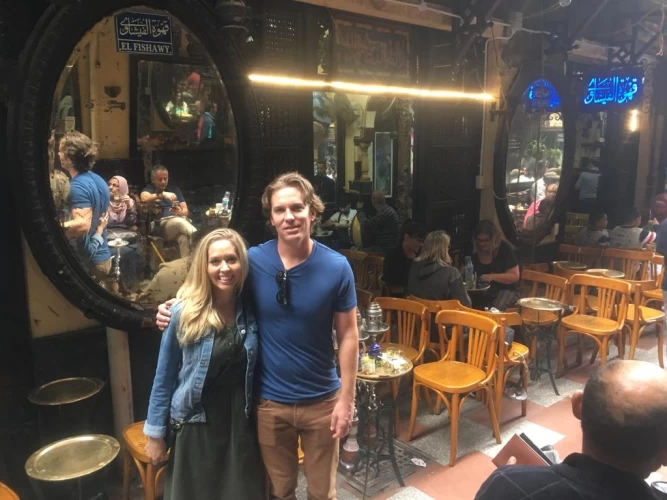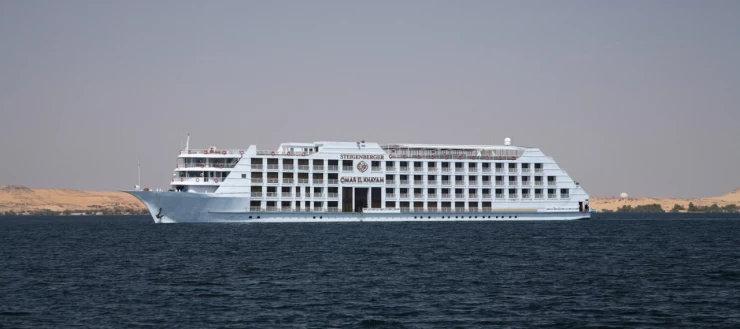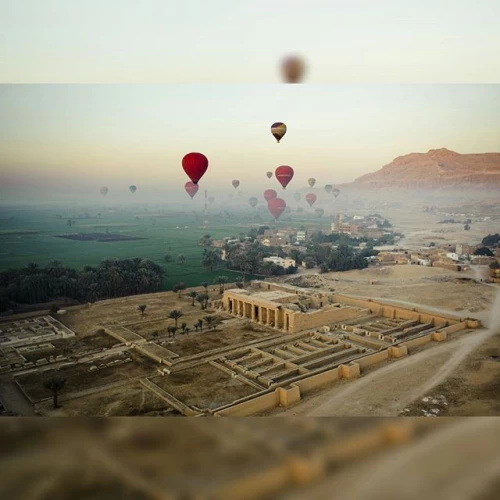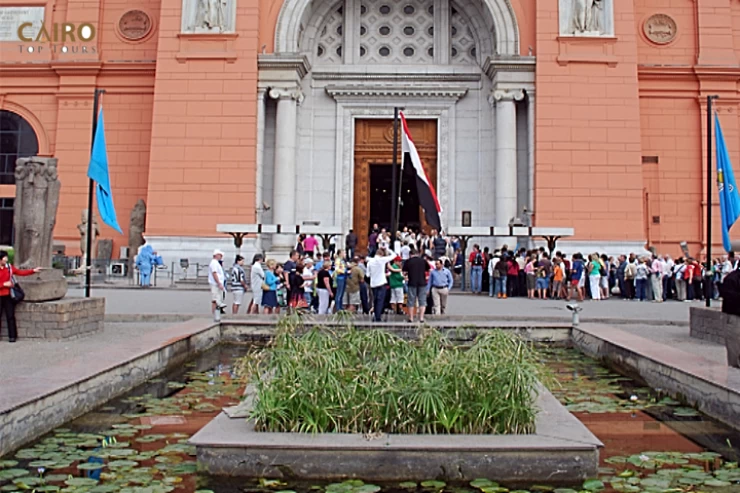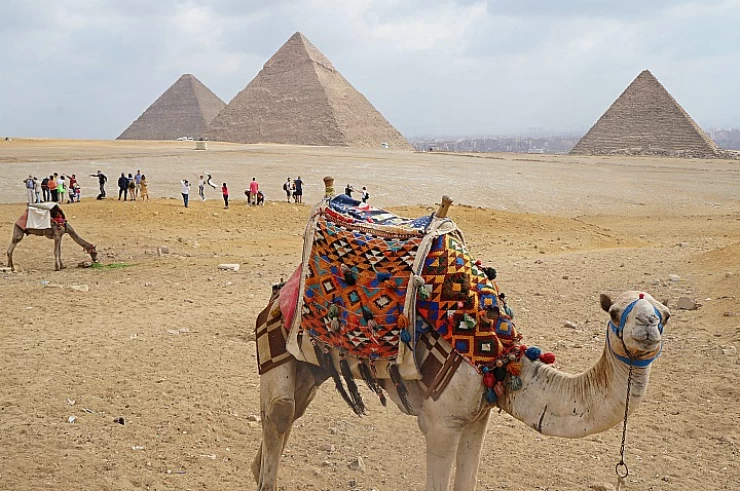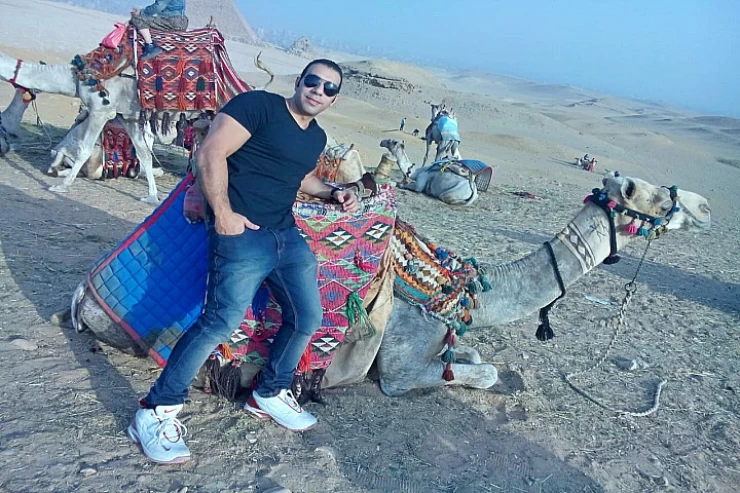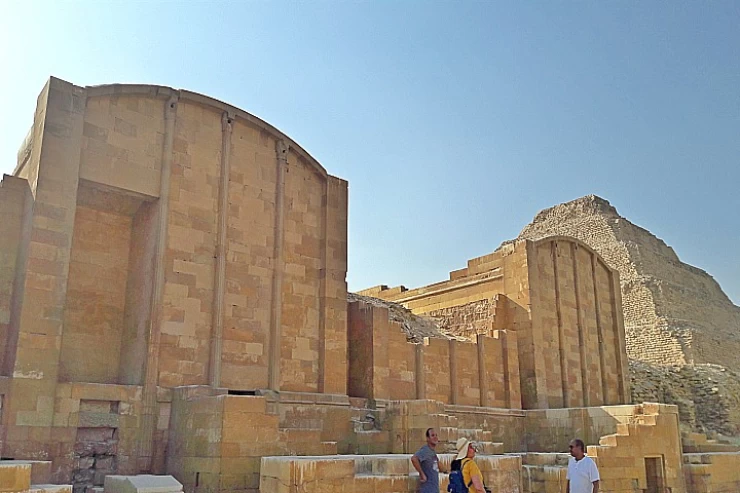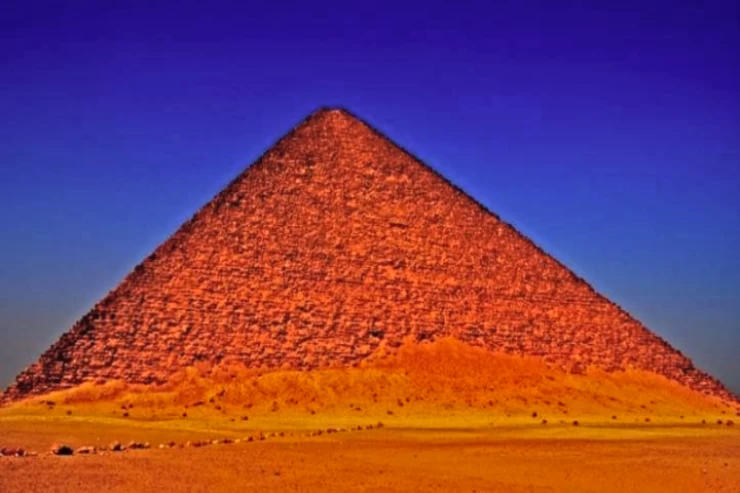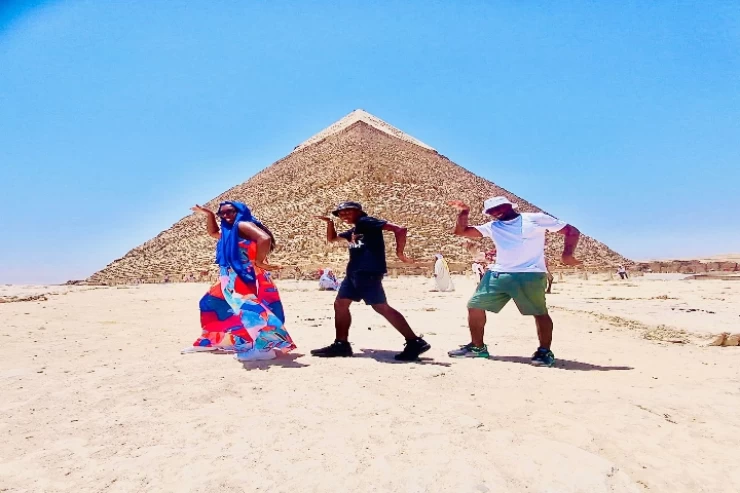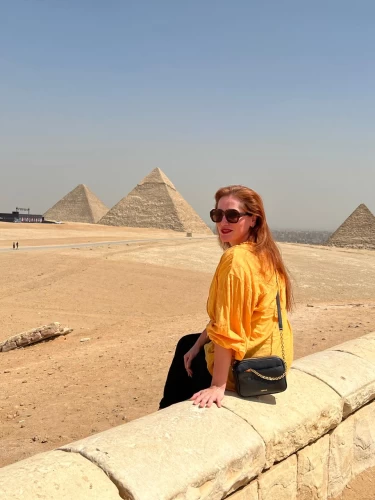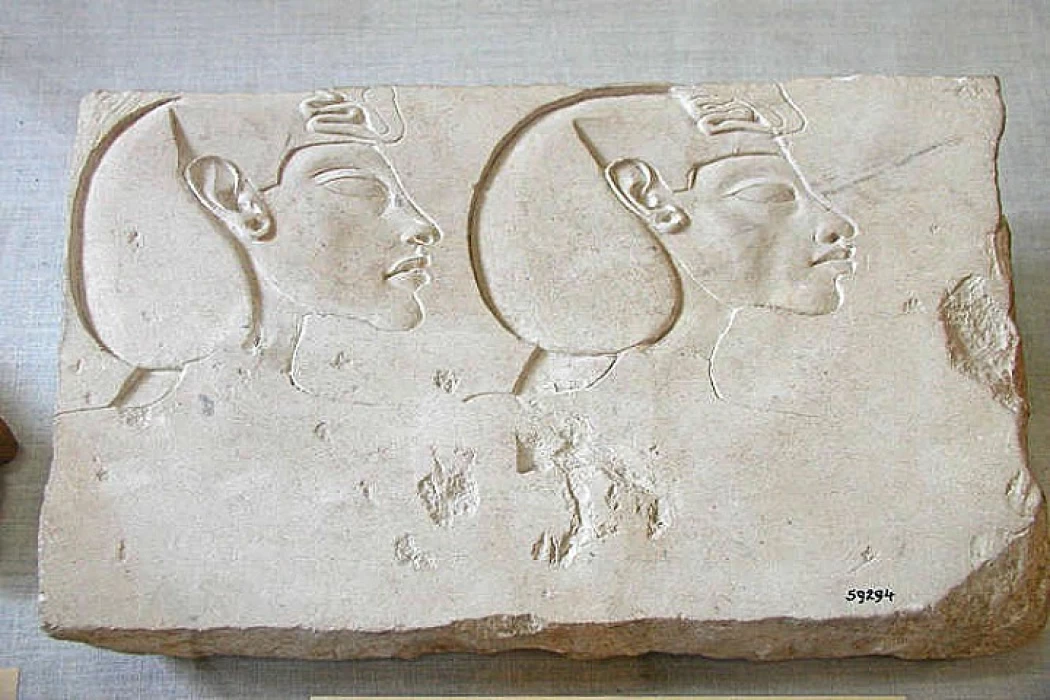
Akhenaten and the Beginnings of Monotheism
In nine chapters, James K. Hoffmeier explores the facts and interpretations surrounding Akhenaten's religion. His aim isn't to create a comprehensive study of Akhenaten and his era; instead, he focuses primarily on the religious developments that led to what is considered the earliest form of monotheism in history. Hoffmeier has over forty years of experience with the Amarna period, which includes his involvement in the Akhenaten Temple Project at Karnak in the mid-1970s and his excavations in Northern Sinai from 1999 to 2008. He has a deep understanding of the relevant sources and the various interpretations that have arisen from them. As he states, the goal of his research is to examine Akhenaten's religion with a phenomenological sensitivity and to consider comparative aspects.
Akhenaten (circa 1352 to 1336 BC) is perhaps the most controversial and fascinating pharaoh of Ancient Egypt. Our understanding of his reign comes almost entirely from archaeological sources, many of which are fragmented and often damaged. After his reign, he was subject to damnatio memoriae, meaning his monuments were repurposed, and his images and names were systematically destroyed. The unique and almost expressionist representations of Akhenaten and his family in sculpture and relief have sparked various speculations about potential medical conditions. However, his earlier images were created in the conventional Egyptian style, showing no signs of health issues. Initially known as Amenhotep IV, Akhenaten is often referred to as the first monotheist due to his establishment of a new worship centered around the sun disc (Aten), which had previously been associated with the sun god Re. The worship of Aten began in Karnak alongside other cults, but a few years later, Akhenaten founded a new capital in Middle Egypt called Akhet-Aten (Horizon of the Aten; modern-day el-Amarna). This new city allowed him to create a dedicated center for his god without distractions, drawing heavily on the resources of other Egyptian temples.
For more insights and explorations of Egypt's rich history, visit Cairo Top Tours. Whether you're interested in Egypt Day Tours, Egypt Travel Packages, or Egypt Shore Excursions, we have something for everyone!
Latest Articles
Admin
Aswan Governerate in Egypt
Aswan was known as ‘Sonu’ in ancient Egyptian times, meaning market, as it was a trading centre for caravans coming to and from Nubia. In the Ptolemaic era, it was called ‘Sin’ and the Nubians called it ‘Yaba Swan’. It was also known as the Land of Gold because it served as a great treasure or tomb for the kings of Nubia who lived there for thousands of years. Before the migration, Aswan's borders extended from Asna in the east to the border of Sudan in the south, and its inhabitants were Nubians, but after the Islamic conquest of Nubia, some Arab tribes settled there.
Admin
About Luxor Governorate in Egypt
The South Upper Egyptian area is home to the Egyptian governorate of Luxor. Its capital is Luxor, which was formerly Thebes, the capital of Egypt throughout multiple pharaonic eras. Its centers and cities are spread over both sides of the Nile River. The said governorate was established by Presidential Decree No. 378 of 2009, which was promulgated on the 9th of December of that year.
Admin
History of kafr El Sheikh Governorate
Kafr El Sheikh Governorate, located in the far north of Egypt in the Nile Delta, overlooking the Mediterranean Sea, is characterised by the diversity of natural life and environments, and is one of the Egyptian cities that can be visited after the end of the first semester exams at universities and schools, as it features many diverse tourist and recreational places at symbolic prices within everyone's reach.
Admin
Egypt's New Administrative Capital
The New Administrative Capital is considered the project of the era because it reflects a perfect image of the future and progress on the economic, cultural, social and civilisational level, as the capital is considered the new capital of Egypt at the present time. The importance of the New Capital is that it is a comprehensive transformation of the future of buildings, services and national and mega projects in Egypt.
Admin
Al Gharbia Governorate
The Governorate of Gharbia is inclusive in the geographical area of The Arab Republic of Egypt which is in the African continent, more specifically in the region surrounding the Nile delta, between Damietta and Rashid governance. To the control of the region from the north is Kafr El-Sheikh Governorate, from the south Menoufia Governorate, from the east – Dakahlia, Qalyubia Governorates, and to the west is the Beheira Governorate.
Admin
Hamata Islands (Qulaan Archipelago) in Marsa Alam
Each reserve has several sectors. In Wadi El Gemal Reserve, there is one of the natural areas called the Hamata area or Hamata sector in Wadi El Gemal Reserve. Its sectors are the perfect and most ecological, land and water, and host countless animals and plants found in the oceans and on the land.
